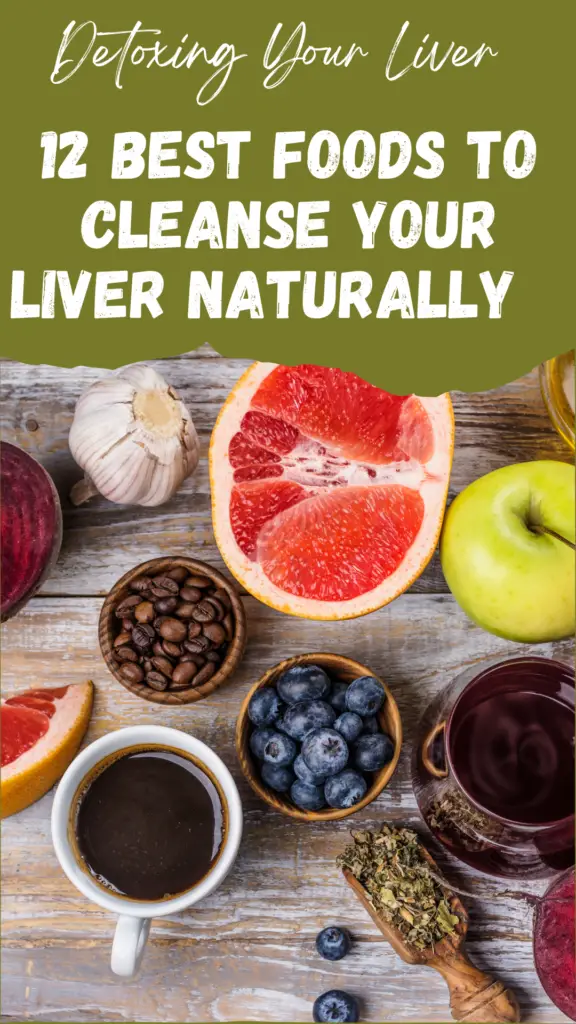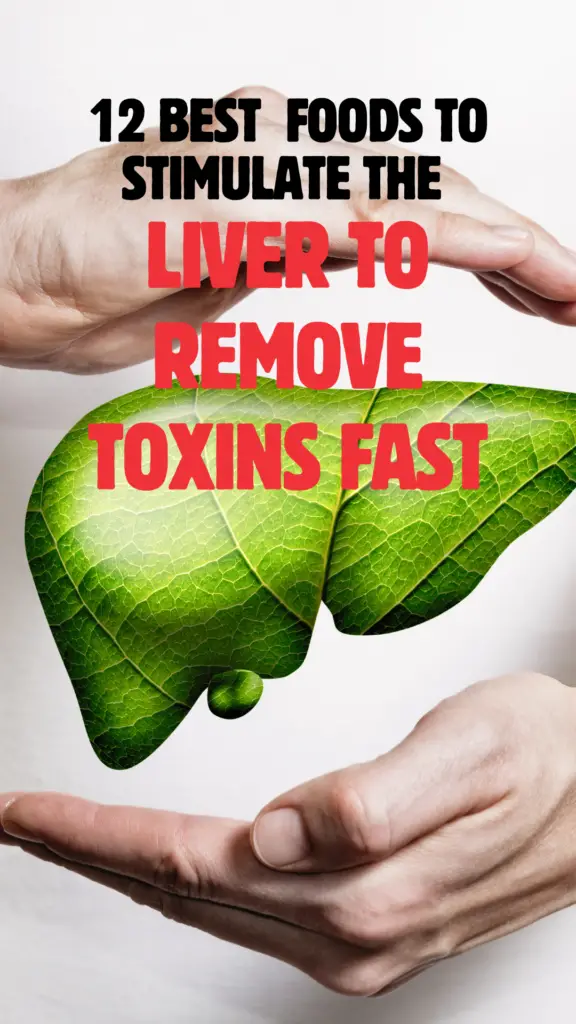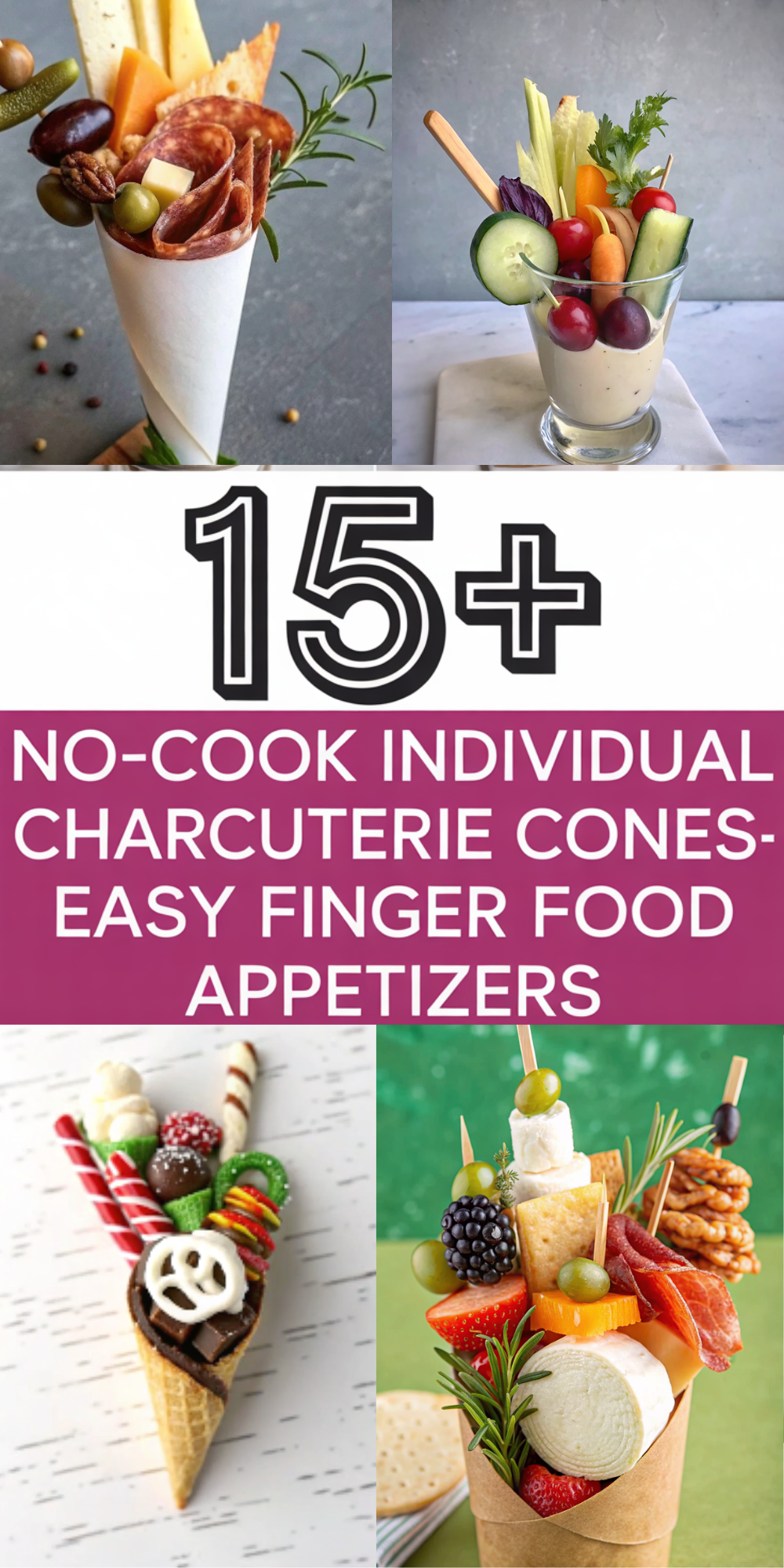Share via:
The liver is one of the body’s hardest-working organs, performing over 500 vital functions daily to keep you healthy.
Acting as both a metabolic powerhouse and a detoxification center, it processes nutrients from food, filters toxins from the bloodstream, regulates cholesterol, and even stores essential vitamins and minerals.

Every meal, medication, and environmental exposure—from air pollutants to alcohol—passes through the liver’s intricate systems, making its health critical to overall well-being.
Detoxification: The Liver’s Lifesaving Role
Your liver works hard to keep your body safe by breaking down and getting rid of harmful substances in three simple steps:
- Step 1: The liver uses special enzymes to break down toxins into smaller parts. Sometimes, this makes them even more reactive and harmful, so they need more work.
- Step 2: These broken-down toxins attach to natural substances like glutathione or sulfate. This makes them safer and easier for the body to flush out.
- Step 3: The liver sends these now-safe toxins out of the body through bile or urine.
But if your liver gets overwhelmed by too much alcohol, junk food, or pollution, it can’t keep up. This can cause toxins to build up and lead to problems like inflammation, fatty liver, or even serious damage over time.
Metabolism: Fueling the Body
Besides detoxing the body, the liver helps with metabolism. It turns carbs into energy, stores fat, and breaks down proteins.
The liver also makes bile, which helps digest fat and absorb vitamins A, D, E, and K. Eating too much sugar or fatty foods can make the liver work too hard, leading to problems like insulin resistance or fatty liver disease.
Why Diet Matters
What you eat directly impacts liver function.
Nutrient-dense foods—like leafy greens, cruciferous vegetables, and omega-3-rich fish—provide antioxidants and compounds that support detoxification enzymes and reduce oxidative stress.
Conversely, processed foods, alcohol, and excessive sugar overwhelm the liver, contributing to fat accumulation and inflammation.
Emerging research highlights diets like the Mediterranean approach—rich in olive oil, whole grains, and plant-based foods—as particularly effective in reducing liver fat and improving metabolic health.
The Stakes
Liver problems like NAFLD now affect 1 in 4 adults worldwide, so eating the right foods is more important than ever.
Choosing liver-friendly foods and cutting back on harmful ones can help protect your liver, boost your energy, and lower your risk of disease. In the next sections, you’ll learn which foods are best for your liver and which ones to avoid.

12 Best Foods that are good for your Liver Health
1. Garlic
Why It Works:
Garlic contains sulfur compounds like allicin, which activate liver enzymes responsible for flushing out toxins. It also contains selenium, a mineral that boosts antioxidant activity in the liver.
How to Use It:
- Raw: Mince 1–2 cloves and add to salads, dressings, or dips for maximum benefits.
- Cooked: Roast whole bulbs and spread on whole-grain toast.
- Supplements: Consider odorless garlic capsules if you dislike the taste.
2. Leafy Greens (Spinach, Kale, Collards)
Why It Works:
High in chlorophyll, greens bind to toxins (heavy metals, pesticides) and neutralize them. They’re also rich in folate, which supports liver cell regeneration.
How to Use Them:
- Smoothies: Blend with banana, almond milk, and flaxseeds.
- Sautéed: Cook with olive oil and garlic as a side dish.
- Salads: Massage kale with lemon juice to soften its texture.
3. Cruciferous Vegetables (Broccoli, Brussels Sprouts, Cauliflower)
Why They Work:
Sulforaphane and glucosinolates in these veggies boost Phase II detox enzymes and protect liver cells from damage.
How to Use Them:
- Steamed: Lightly cook to retain nutrients.
- Roasted: Toss with olive oil and turmeric for extra anti-inflammatory benefits.
- Raw: Shred Brussels sprouts for a crunchy salad base.
4. Citrus Fruits (Grapefruit, Lemons, Oranges)
Why They Work:
Vitamin C and flavonoids like naringenin (in grapefruit) stimulate liver enzymes and reduce inflammation.
How to Use Them:
- Juice: Start your day with warm lemon water.
- Snacks: Segment oranges into salads or eat grapefruit with honey.
- Zest: Add lemon zest to soups or grilled fish.
5. Beets and Beetroot Juice
Why They Work:
Betalains (pigments in beets) reduce oxidative stress, while nitrates improve blood flow to the liver.
How to Use Them:
- Juiced: Blend with carrots and ginger for a detox drink.
- Roasted: Toss with goat cheese and walnuts.
- Raw: Grate into slaws or hummus.
6. Green Tea
Why It Works:
Catechins like EGCG reduce liver fat accumulation and inflammation.
How to Use It:
- Brewed: Drink 2–3 cups daily (avoid excessive amounts).
- Matcha: Whisk into lattes or smoothies.
- Cooled: Use as a base for chia puddings.
7. Avocados
Why They Work:
Glutathione in avocados neutralizes free radicals, while monounsaturated fats reduce liver fat.
How to Use Them:
- Mashed: Spread on toast with chili flakes.
- Sliced: Add to salads or grain bowls.
- Blended: Make dairy-free chocolate mousse with cocoa powder.
8. Olive Oil
Why It Works:
Monounsaturated fats improve insulin sensitivity, reducing fat buildup in the liver.
How to Use It:
- Drizzled: Use extra-virgin olive oil on roasted veggies.
- Dressings: Mix with balsamic vinegar for salads.
- Cooking: Sauté greens on low heat to preserve nutrients.
9. Apples
Why They Work:
Pectin binds to heavy metals, aiding their removal, while polyphenols regulate liver fats.
How to Use Them:
- Baked: Core and stuff with cinnamon and oats.
- Sliced: Pair with almond butter for a snack.
- Juiced: Combine with celery and ginger.
10. Walnuts
Why They Work:
Omega-3s reduce inflammation, while arginine helps detox ammonia.
How to Use Them:
- Toasted: Sprinkle on oatmeal or yogurt.
- Blended: Make walnut pesto with basil and garlic.
- Raw: Eat a handful daily (avoid salted varieties).
11. Turmeric
Why It Works:
Curcumin (active compound) repairs liver cells and enhances bile production for toxin removal.
How to Use It:
- Golden Milk: Mix with almond milk and black pepper.
- Seasoning: Add to soups, stews, or scrambled tofu.
- Supplements: Take curcumin capsules with piperine for absorption.
12. Lentils & Quinoa
Why They Work:
Fiber binds toxins for excretion, while plant protein reduces the liver’s metabolic burden.
How to Use Them:
- Stews: Cook lentils with tomatoes and cumin.
- Salads: Toss quinoa with roasted veggies and lemon dressing.
- Bowls: Serve with avocado and tahini sauce.
Pro Tip: Combine these foods for synergistic effects—try a salad with kale, walnuts, and lemon dressing, or a quinoa bowl topped with roasted Brussels sprouts and turmeric-spiced lentils.
Worst Foods for Your Liver (Foods to Avoid or Limit)
1. Alcohol
Alcohol is metabolized directly in the liver, producing toxic byproducts like acetaldehyde that cause oxidative stress, fat accumulation, and cell death. Chronic alcohol use leads to fatty liver, hepatitis, cirrhosis, and liver failure.
Even moderate drinking can strain the liver, especially in individuals with preexisting conditions.
What to Do:
- Avoid alcohol entirely if you have liver disease or fatty liver.
- Limit intake to occasional small servings (e.g., 1 drink/week) for healthy adults.
- Replace with herbal teas, infused water, or alcohol-free alternatives.
2. Sugary Foods & Drinks (Soda, Candy, Baked Goods)
Excess sugar (especially fructose) is converted into liver fat, driving non-alcoholic fatty liver disease (NAFLD).. Sugary drinks like soda spike blood sugar and insulin, worsening liver inflammation and fibrosis.
Examples to Avoid:
- Sodas, energy drinks, and sweetened teas.
- Pastries, cookies, and ice cream.
- Hidden sugars in sauces, cereals, and flavored yogurts.
Healthier Swaps: - Fruit: Opt for whole fruits like berries or apples.
- Sweeteners: Use small amounts of raw honey or stevia.
3. Fried and Processed Foods (Chips, Fast Food, Packaged Snacks)
High in trans and saturated fats, these foods trigger liver inflammation, increase LDL cholesterol, and promote fat storage in liver cells.
Examples to Avoid:
- Fast food (burgers, fries, fried chicken).
- Packaged snacks (chips, crackers, microwave popcorn).
Healthier Swaps: - Air-fry vegetables or tofu for crunch.
- Snack on nuts, seeds, or roasted chickpeas.
4. Red and Processed Meats (Beef, Pork, Bacon, Sausages)
High in saturated fats and preservatives like nitrates, processed meats strain the liver and increase fibrosis risk. Red meat’s heme iron may also contribute to oxidative stress.
Examples to Avoid:
- Processed meats: Bacon, sausages, deli meats.
- Fatty cuts: Ribeye steak, pork belly.
Healthier Swaps: - Lean proteins: Skinless chicken, turkey, or tofu.
- Plant-based: Lentils, chickpeas, or tempeh.
5. Refined Carbohydrates (White Bread, Rice, Pasta, Pastries)
Refined carbs lack fiber and spike blood sugar, forcing the liver to convert excess glucose into fat. This accelerates NAFLD and insulin resistance.
Examples to Avoid:
- White bread, bagels, and breakfast cereals.
- White rice, instant noodles, and pastries.
Healthier Swaps: - Whole grains: Quinoa, brown rice, or whole-wheat pasta.
- Legumes: Black beans or lentils for fiber-rich carbs.
6. High-Salt Foods
Excess sodium causes fluid retention, raising blood pressure and worsening liver scarring (fibrosis). Processed foods often hide dangerous salt levels.
Examples to Avoid:
- Canned soups, frozen meals, and pickled foods.
- Salted snacks (pretzels, salted nuts).
Healthier Swaps: - Herbs and spices: Use garlic, turmeric, or lemon zest for flavor.
- Homemade meals: Control salt content in soups and sauces.
7. Raw or Undercooked Meat and Eggs
Why They’re Harmful:
Undercooked proteins risk bacterial infections (e.g., Salmonella, E. coli), which can overwhelm the liver and cause systemic inflammation.
What to Do:
- Cook thoroughly: Ensure meats reach 165°F (74°C) and eggs until firm.
- Avoid: Sushi with raw fish, rare steaks, or runny yolks if liver health is compromised.
Conclusion Summary:
Nourishing your liver with nutrient-rich foods like leafy greens, cruciferous vegetables, and healthy fats is essential for detoxification, metabolism, and long-term health.
Prioritize sustainable dietary habits—such as reducing processed foods, alcohol, and excess sugar—over short-term cleanses. Small, consistent changes, like swapping refined carbs for whole grains or adding daily greens, can significantly improve liver function and overall well-being.
Remember, lasting health comes from mindful, gradual choices, not quick fixes. Start today, and your liver—and body—will thank you.
I am a writer, editor, and publisher of Grillcuisines.com – an online blog dedicated to sharing grilling tips, accessories, and recipes to encourage more people to get outside and grill.
I’m off to find out the different types of grill foods, their seasons, and how to conduct outdoor cooking properly. I’ll also show you some of my grill-worthy cooking tools & accessories!







